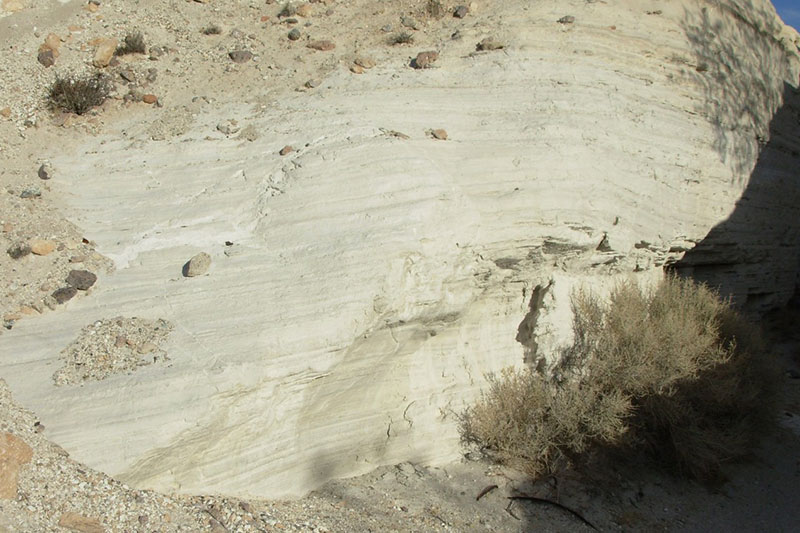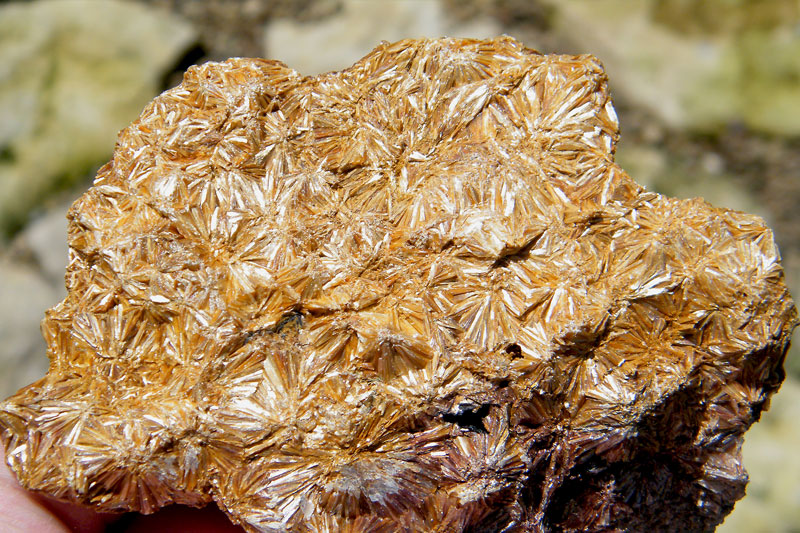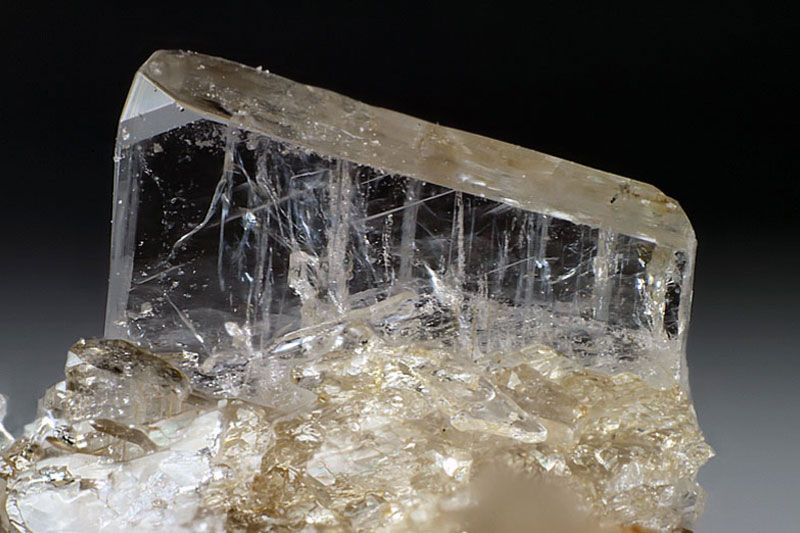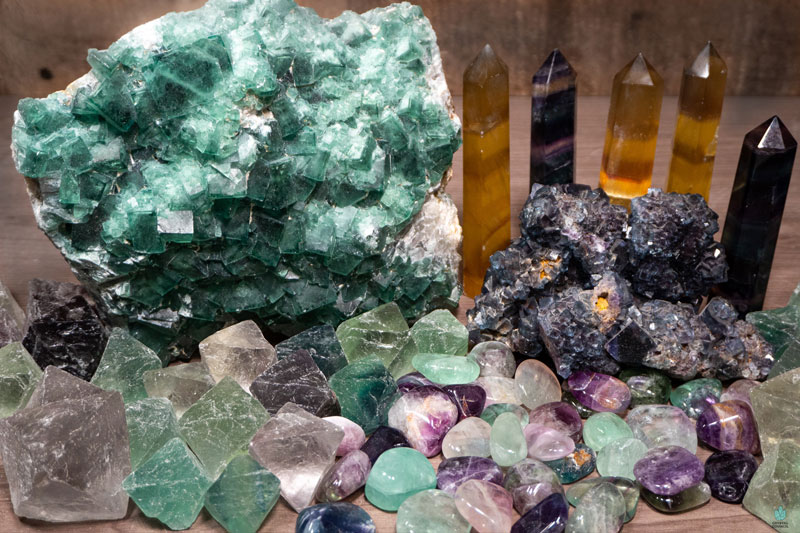Pumice Stones
Pumice Stones
Pumice is a natural volcanic material that is black in color and lightweight. It is formed when gases and volcanic vapors pass through it during its eruption. Pumice stones are pebble-shaped, ranging in size from 1 to 3 cm. They are an economical material used in cement manufacturing, where they are added to cement components (limestone and clay) during production to create a type of cement known as “Portland Pozzolanic Cement.” This type of cement is known for its resistance to moisture and certain natural environmental factors.
Natural Pozzolana
Pozzolana is known as a material composed of silicon oxides or aluminum oxides and silicon together. They do not possess cementitious properties on their own. However, when pozzolana is present in the presence of lime (calcium oxide or hydroxide) and water at normal temperatures, it can be transformed into cementitious materials. Lime is one of the substances produced during the cement hydration process when it reacts with water. Therefore, the added pozzolana in cement reacts with lime according to the following equation: Lime (a product of cement hydration) + Silica (from pozzolanic materials) = Secondary Calcium Silicate Hydrate. The compound resulting from the interaction of pozzolana in concrete (calcium silicate hydrate) is responsible for the strength and cohesion of the concrete. In summary, this is an illustrative summary of the importance of pozzolana and how to utilize the local clay in southern Libya. It presents the idea of studying the utilization of clay found in Yemen to enhance and improve concrete.





